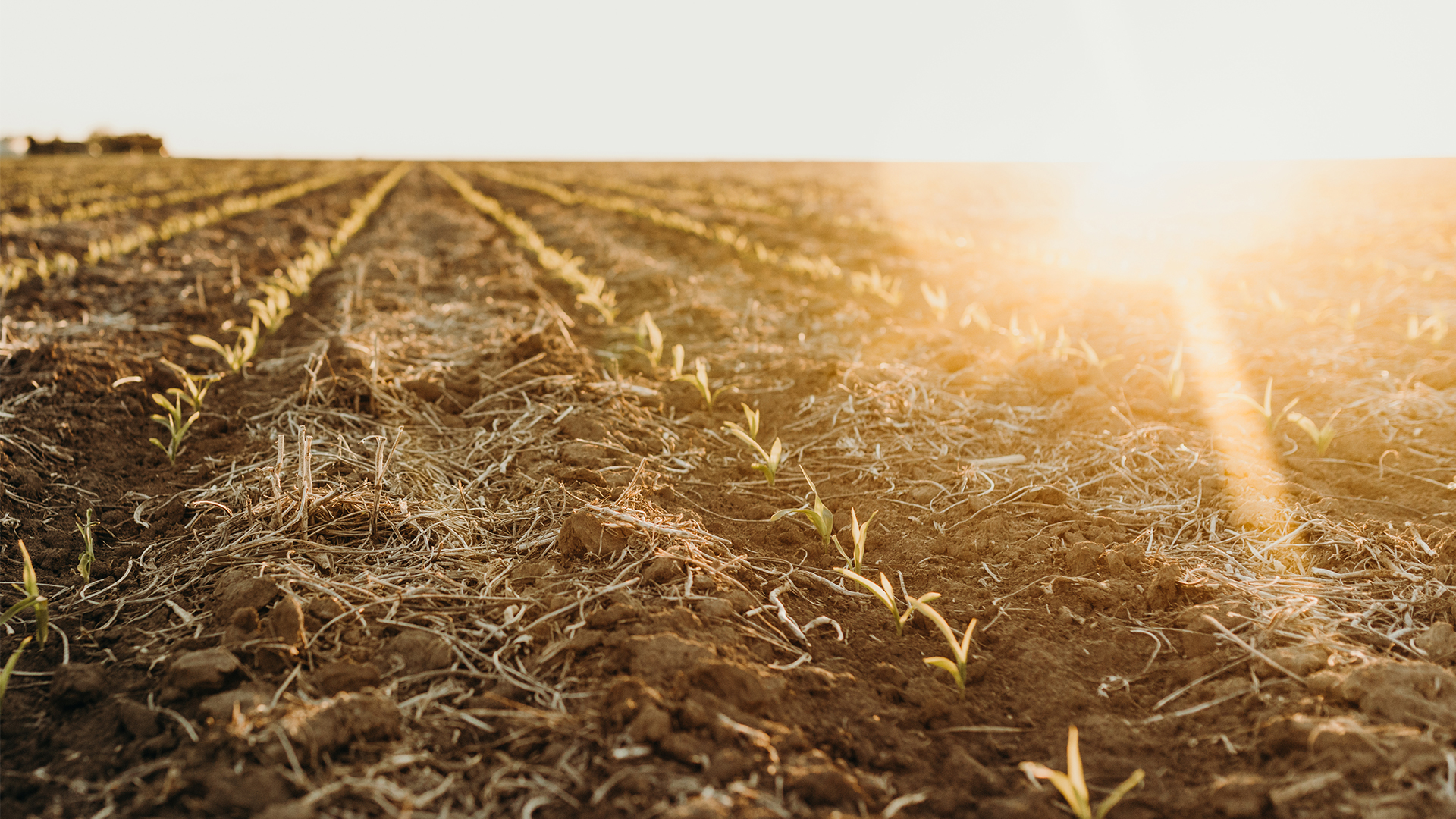Wait a minute. There are hormones in carrots and corn?
Corn. Carrots. Pigs. Dogs. Cats. Humans. They all depend on hormones to grow and function.
Hormones occur naturally in every living thing, acting as messengers to regulate a wide variety of metabolic processes.
“Everything we eat that was once living—from a plant to an animal—contains hormones. Hormones are the messengers in the body that help living things grow,” said Joan Ruskamp, who runs a cattle-feeding operation near Dodge, Nebraska, with her husband, Steve. “Understanding how hormones work is important to understanding why we use added hormones in cattle.”
Hormones Occur Naturally in Plants and Animals
Hormones occur naturally in both plants and animals and act as messengers, telling the plant or animal to do certain things. They serve essential functions in their respective organisms, regulating various processes and contributing to their growth, development and overall well-being.
Corn, for instance, naturally produces a hormone called auxin that tells the plant to grow in several ways, including the development of its roots. Similarly, chickens have hormones that tell their body when a hen should lay eggs. Humans also have hormones that regulate many processes in our own bodies.
Why Are Hormones Used in Beef Production?
In beef production, hormones are used to enhance the growth and development of cattle. In addition to feeding cattle a nutritious diet, which often includes being fed corn or livestock feeds made from corn, cattle producers sometimes use hormones to promote growth and improve muscle-building abilities in their cattle while reducing the amount of fat.
The goal is to complement the naturally occurring hormones in cattle and stimulate their pituitary glands, leading to increased muscle growth and improved feed efficiency. By utilizing hormones in beef production, farmers aim to optimize the meat yield and overall productivity of cattle.
Like many producers, the Ruskamps administer a small dose of hormones to stimulate the normal hormone production in their animals. Hormones are provided to the cattle in an implant, which is very small and shaped like a pellet, that is injected under the skin behind the ear.
“Through this implant, we’re supplementing naturally what the animal already has in its own body, and it helps steers convert feed to protein more efficiently,” Ruskamp said. “Any added hormone has to be safe for the humans who are going to consume the meat and safe for the environment. We wouldn’t put anything in an animal or our own bodies that is unsafe.”
Ruskamp said the use of hormones provides benefits for cattle, cattle producers and consumers.
“We can use 10% less feed to produce the same amount of beef—and that efficiency translates into a lower cost for high-quality, nutritious beef for consumers,” she said. “It also means we’re responsibly using the land and water required to raise those animals to market weight. It’s a win-win for consumers and producers.”
Do Hormones in Meat Affect Human Health?
Extensive research and scientific studies have consistently shown that hormones implanted in beef cattle have no adverse effects on human health. Beef producers adhere to strict regulations and guidelines, ensuring that only food-safe hormones are administered to their cattle. These hormones—such as estrogen, testosterone and progesterone—naturally occur in both animals and humans.
The hormone levels found in beef from implanted cattle are minuscule and well below any potential health concern.
Is Hormone-Treated Beef Safe?
Monitoring and approval of the use of hormones in beef is overseen by regulatory bodies such as the U.S. Food and Drug Administration (FDA). By implementing safe hormone practices, beef producers can stimulate the growth and development of their cattle to provide high-quality, nutritious beef for consumers.
In addition to beef from implanted animals being safe for human consumption, the difference in the amount of hormones found in implanted and non-implanted beef is miniscule.
Beef from an implanted steer will have about 2 nanograms of estrogen in a quarter-pound burger compared to 1 nanogram for the same sized serving in beef from a non-implanted animal.
A nanogram is one-billionth of a gram or one-25 billionth of an ounce. A small paper clip is 1 gram. Cut that into 1 billion pieces and you get a nanogram.
By contrast, women naturally produce 513,000 nanograms of estrogen daily and men produce 136,000 nanograms of estrogen daily—equivalent to eating more than 15,000 pounds of hormone-implanted beef every day!
Hormones in cattle are one of the many biotechnology tools that benefit people. By helping cattle grow and thrive, they can help livestock producers raise the animals as efficiently as possible. This efficiency promotes sustainability on today’s ranches and farms, and also benefits consumers by helping keep costs low.
“If you’re diabetic and choose not to take insulin—which is a product of genetic engineering—you increase your risk of death,” said Dr. Alison Van Eenennaam, Professor of Animal Biotechnology and Genomics, University of California-Davis. “In that case, the benefit of genetic technology is very obvious. With food applications, the benefits are less transparent to consumers, even though they are very real.”




